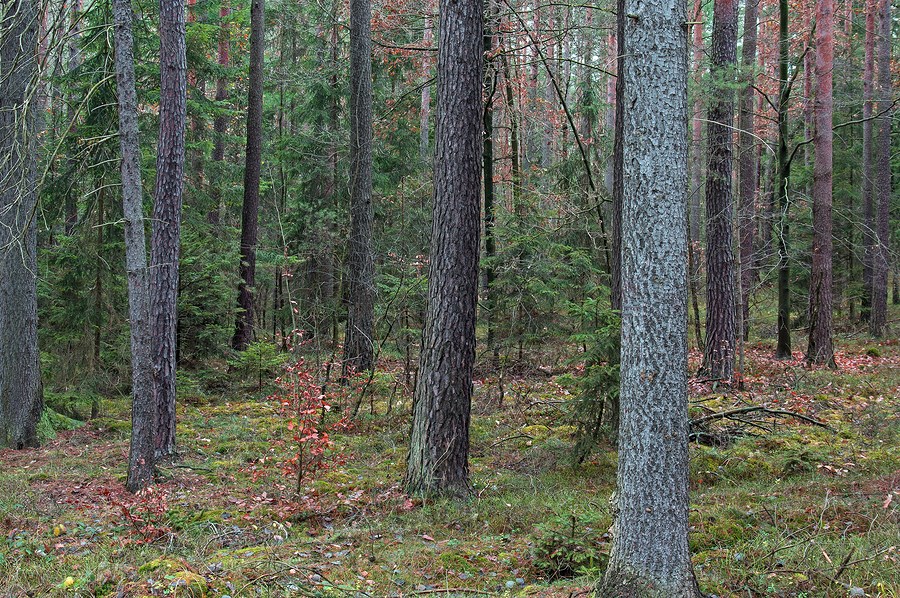Past articles discussed assessing your yard for the best location to plant a tree. Selecting the best tree for the location is the next consideration. Trees vary in mature height. Unless you have a large yard tall trees are not your best selection, especially not close to the house should the tree come down in a storm, or near overhead wires. Our native spruce, fir and pine, as well as Colorado spruce, are best reserved for larger yards and further from the house. The same applies to birch, ash and poplar, as well as tamarack and some willows.
There are several trees, up to 30 feet at mature height, well suited to a smaller yard. These include mountain ash, Amur maple, various crabapples, apples, chokecherries and pincherries, Saskatoon berries, hawthorns and Japanese tree lilac. There are also some cultivars, especially among crabapples and apples, that are narrow for smaller spaces. Among evergreens there is the mugo pine, Swiss stone pine and some cedars.
Most trees prefer full sun and a well-drained soil. Mountain ash and Japanese tree lilac will tolerate partial shade, while hawthorn is more shade tolerant. Cedars can also tolerate moderate shade.
Amur maple, hawthorn and Japanese tree lilac adapt to a variety of soil conditions, while sharp-leaf willow and Acedars prefer a moist soil, although tall trees, silky white willow and laurel-leaf willow, as well as tamarack, will do well in that spot in the yard that rarely dries out, as will the smaller sharp-leaf willow.
The variety or cultivar of a tree also determines mature height. Evergreens are desirable for winter interest, but most are too tall or, if smaller, not hardy in our area. Mugo pine, Pinus mugo mughus is genetically very variable, growing from 5 to 15 feet tall. You take your chances on mature height. Swiss stone pine, Pinus cembra, is a hardy, slow growing soft needle pine that eventually grows 30 to 40 feet tall. There are several cedars rated for zone two. All need a location that limits harsh winter winds and provides some shade from the late winter/early spring southern and western sun. I have experience with Brandon cedar (20 feet) and skybound cedar (18 feet) which do well. My Brandon cedar had limited winter browning only after a particularly harsh winter and spring. Dark green cedar, Thuja occidentalis ‘Nigra’, and techny cedar, Thuja occidentalis ‘Techny’, both to 15 feet, and wareana cedar, Thuja occidentalis ‘Wareana’, to 10 feet, are all rated for zone two, but I have not tried them. There are a few dwarf evergreen cultivars that will be discussed when shrubs are the topic.
The next article will discuss varieties and cultivars of small deciduous trees, including fruit trees.




